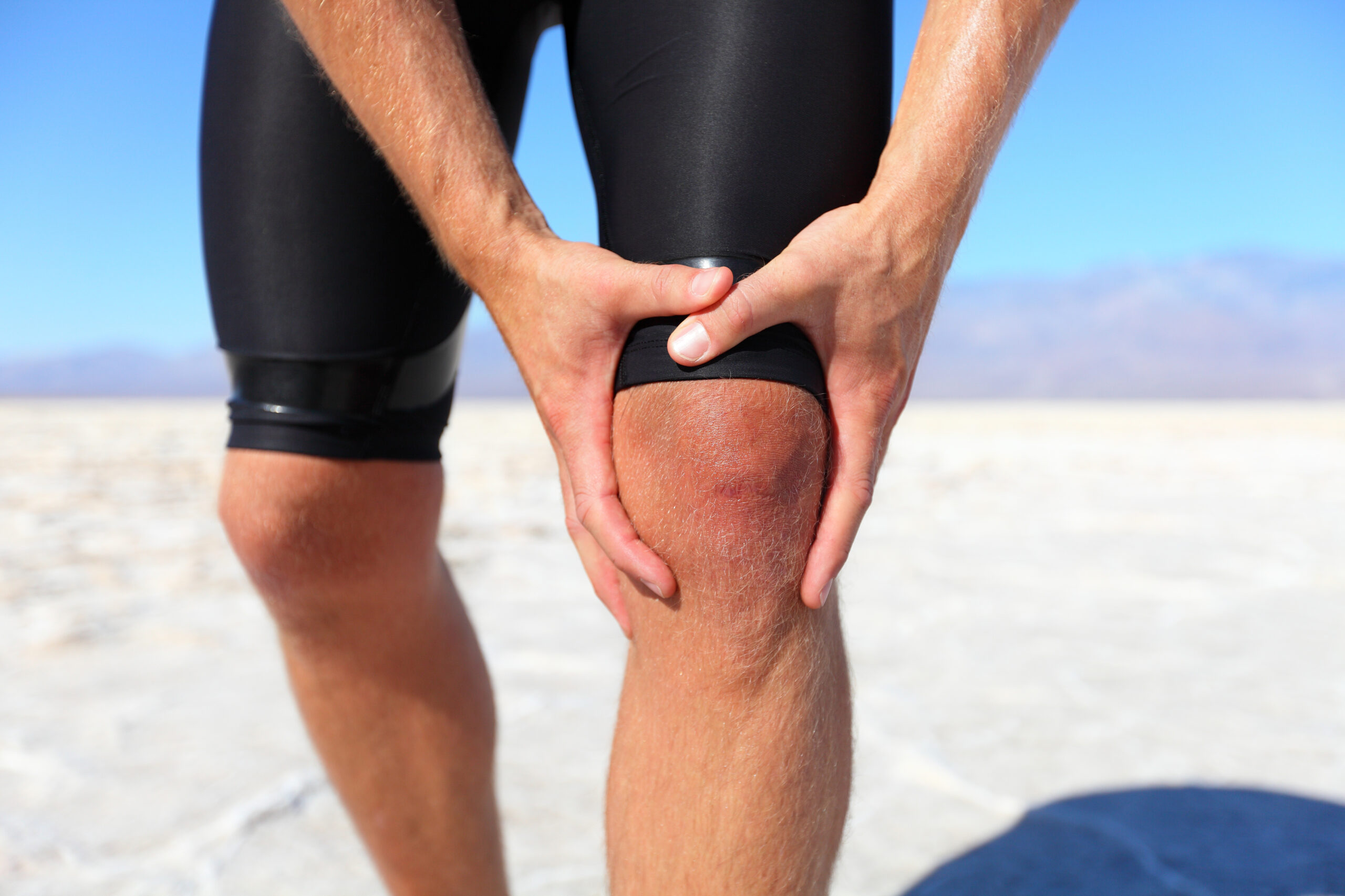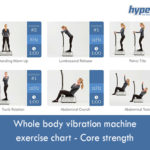
Short duration vibration training has been proven to be safe and effective in strengthening the muscles and bones, improving the posture and proprioception and the flexibility of joints and muscles.
Exercises performed on a vibration machine at low amplitudes and low frequencies act similarly to a massage session, relaxing the body, relieving muscle tension and improving circulation and lymphatic drainage.
At higher frequencies, however, vibration training activates muscle reflexes and forces the muscles to contract and relax in a similar manner to conventional strength exercises. Therefore, this form of physical activity can be successfully used as part of a strength training routine or even as replacement for conventional strength training.
But what about rehabilitation? Is vibration exercise safe for people who underwent surgical procedures, are recovering from fractures or muscle injuries, or are suffering from chronic conditions? We’ve previously discussed the effects of whole body vibration in people recovering from stroke and in COPD patients, Duchenne muscular dystrophy and diabetic neuropathy, as well as to speed up recovery from fractures.
New studies show that besides these beneficial effects, vibration training can also be a safe solution for people recovering from anterior cruciate ligament reconstruction.
Recently, German researchers from the Department of Sports Science and Motology at the Philipps University in Marburg, respectively from the Department of Neurosurgery at the University of Erlangen-Nuremberg, showed that Whole Body Vibration exercises can be a practical and reliable alternative to standard rehabilitation exercises, in people who underwent ACL reconstruction.
The purpose of their clinical trial was to test the effectiveness of vibration training in improving neuromuscular performance and in facilitating rehabilitation after ligament reconstruction. Their study, published in the Journal of Sports Science and Medicine, investigated the effects of WBV versus a standard exercise protocol after ACL (anterior cruciate ligament) reconstruction.
40 patients underwent a WBV rehabilitation program, respectively a standard exercise protocol, the neuromuscular performance and muscle strength being investigated in week 2, 5, 8 and 11 after surgery. Although there was no significant difference in the isokinetic or isometric strength, the WBV group displayed better results in the stability test. Moreover, time spent exercising was reduced to less than a half in the group performing whole body vibration exercises.
We can therefore conclude that vibration training is not only equally effective, but also less time-consuming than conventional rehabilitation exercises, and should be further explored as alternative to standard exercise protocols.
Have something to add to this article? Post your comment below or join our Facebook community and share your thoughts with us!

Updated on: 08.09.2021 The lymphatic system is involved not only...

Stress can make you gain weight – we’ve heard this...

Various theories exist to answer this question. As you will...

Both rebounding and jumping on a trampoline are excellent ways...

Our series of whole body vibration machine exercise articles continues...